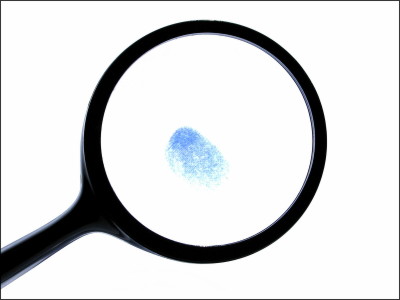6500 silver coins and a gold ring engraved with the name of the royal family are excavated from the cornfield

More than 6,600 medieval
Medieval treasure trove'belonging to princess' found in cornfield following tip off from village priest – The First News
https://www.thefirstnews.com/article/medieval-treasure-trove-belonging-to-princess-found-in-cornfield-following-tip-off-from-village-priest-18571
6,500 medieval coins and rare gold rings unearthed in Polish cornfield | Live Science
https://www.livescience.com/medieval-polish-hoard.html
More than 6000 silver coins, silver ingots, gold rings, and more than 6,600 pieces of jewelry were buried in the ground of the cornfield where the jewelry was excavated this time. According to archaeologist Adam Kengelski, who discovered the jewelery at the Polish Academy of Sciences ' Archaeological and Folklore Institute, the jewelery is about 900 years old and is divided into three linen bags and baskets. It was said that it was in the pottery after it was packed in.
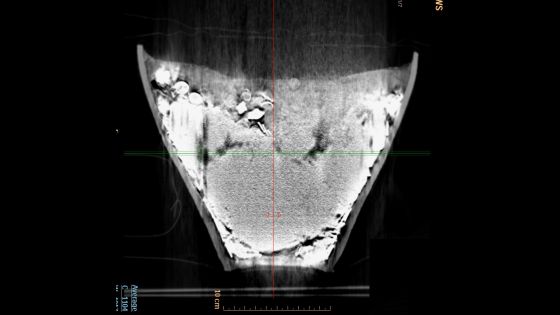
Kengelski visited Susukhu in November 2020 to study the treasures excavated in 1935. Kengelski, who was investigating detailed information on where the jewelery was excavated in 1935, heard a rumor from a local minister, Jan Stachowiak, about where other jewelery was buried.
Kengelski used a metal detector to investigate the area he heard from Stachowiak. As a result, he succeeded in discovering medieval pottery from the basement of the corn field. The above-mentioned jewelry was contained in this pottery. Mr. Kengelski said, 'Even though the pottery was buried in a shallow place about 30 cm underground, only a part of the lid was missing and it was preserved in almost perfect condition,' he said at the time of discovery. I'm talking.
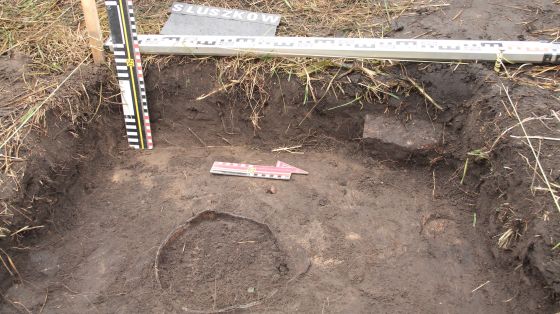
The coins found included not only silver coins cast in Poland from the end of the 11th century to the beginning of the 12th century, but also coins from other countries such as the Czech Republic, Denmark, Hungary and Germany.
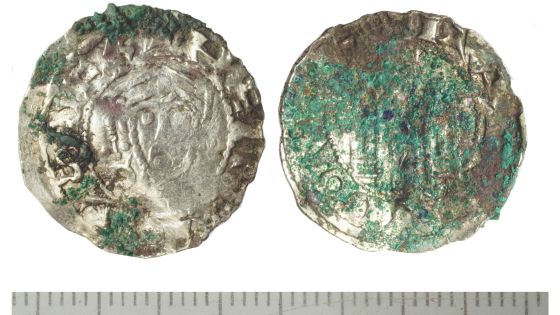
In addition to these coins, silver rings have also been found. According to Kengelski, gold jewelery was a very valuable item in early medieval Poland, so the owner of the ring was given a high status in the
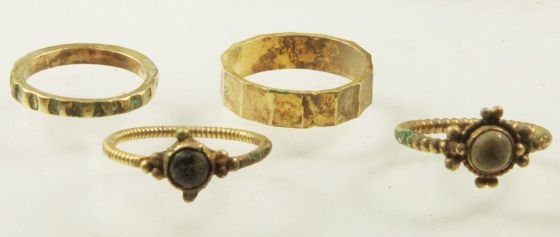
The gold ring was engraved in Cyrillic with the words 'Lord, may you help your servant Maria,' which is why Kengelski said the ring. I presume that the owner is Dobroniega Vladimirovna , the daughter of Vladimir the Great of Kiev.
'This discovery suggests that Słuszkow may have played an important role in Polish history. For further study, we need to look at the history of the jewelery we have unearthed,' said Kengelski. ', He says his motivation for future research.
Related Posts:
in Science, Posted by log1o_hf







